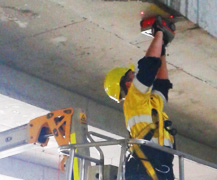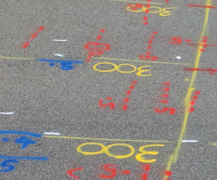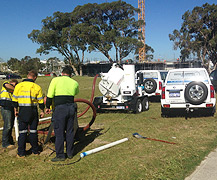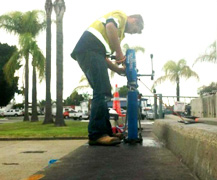Cable and Utility Locating in Perth
GPR Concrete Scanning & Cable Locating Perth provide clients with expert service regarding the location of their underground services and cables, pipes and utilities right across Western Australia. Having invested in high end Ground Penetrating Radar equipment from the market leader, GSSI, we are equipped to locate, trace and mark services located within our client’s sites.
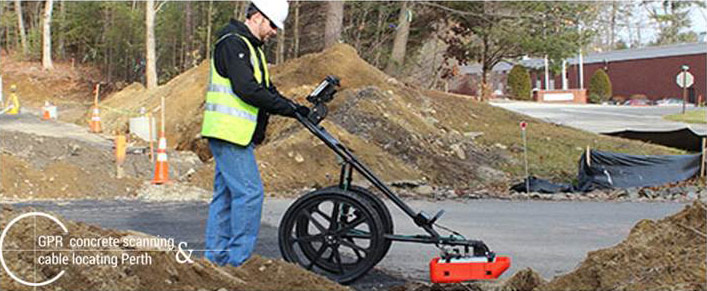
Figure 1: GSSI UtilityScan GPR scanners
We use scanners that operate at two frequencies to meet the differing requirements that our clients have. When the cables and utilities are located close to the surface, we utilise higher frequencies in the 800Mhz range. The benefit of using a higher frequency is that the resolution of the imaging we can acquire is higher and therefore smaller and less radar reflective utilities will be easier to locating and trace. The limitation of using a higher frequency is that the depth to which the signal can penetrate is reduced. Typically an 800Mhz signal will penetrate to around 2 metres in the clean sandy soils common around Perth, and to slightly less in soils with more clay. Most cables and utilities are buried within the first 2 metres and it is rare to have a service deeper than this.
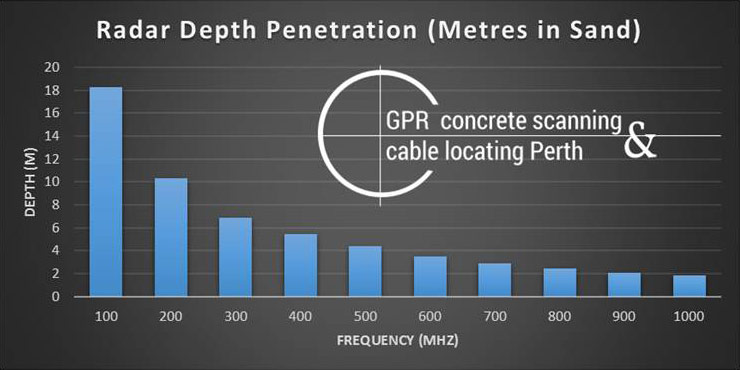
Figure 2: Radar Depth Penetration in typical Perth conditions
When greater depth is required by our clients, either because the cables or utilities have had addition cover placed over them (for example, where they run under an area that has been later built up) or our clients plan to excavate deeper than 2 metres and wish to have confidence about what lies below, we use a lower frequency. Our scanners will use frequencies as low as 300Mhz, which in our sandy Perth soils can provide imaging down to as deep as 6 to 7 metres. However, at this depth the resolution will be lower and the smallest objects identifiable will be larger than 20cm in diameter.
When providing our clients with cable and utility locating services, we prioritise safety. The first step taken is the completion of a Task Risk Assessment or TRA. This allows us to assess, list and understand the risks to safety presented within our clients site and plan actions that will mitigate the risks before commencing work.
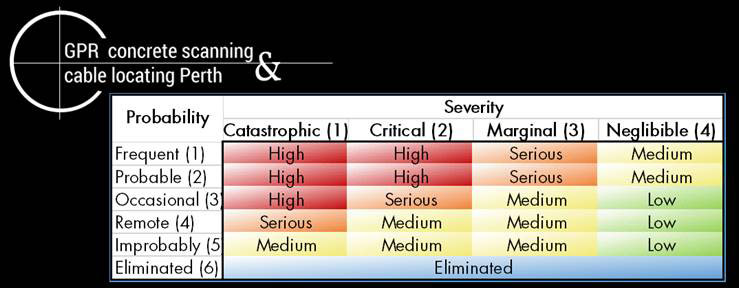
Figure 3: Standard Risk Assessment guide as used by GPR Concrete Scanning & Cable Locating Perth
During the planning for the scan on the client site, we will also consult with our client to acquire any drawings, plans or diagrams that they already have of the cables and utilities within the site. This will be augmented by looking up the site within the Dial Before You Dig database to make sure that we start work with the most recent and accurate information from the owners of the utilities that run through the site.
Our trained and experienced GPR technicians will arrived on site equipped with their GSSI Utility Scan devices mounted on a trolley for efficient scanning. They will consult with site personnel where possible to verify the scope, re-assess any risks and make sure that both they and the site personnel have a clear and shared perspective on what utilities, services and cables are being located. Some clients wish to clear an entire area and have confidence that they know where all the services and cables are within the area. Other clients are seeking to trace and mark one or more specific cables or utilities through the area.
With a clear idea of what needs to be done, the technician will perform the scan, acquiring and capturing the relevant data using the ground penetrating radar scanners. If required they will also use EM Tracing equipment to track any live or conductive cables or pipes that cannot be found using GPR. Ever technician is equipped with this equipment and its use is included in the price for our service. Where required they will mark the location of the services on the site, usually using spray paint on the ground.
GPR Concrete Scanning & Cable Locating Perth are also able to provide potholing as a companion service. This allows for physical verification of the location and depth of the service and the marking of this point using a temporarily placed PVC pipe that is positioned just above the service or cable and is long enough to be visible above the surface as a clear marker.
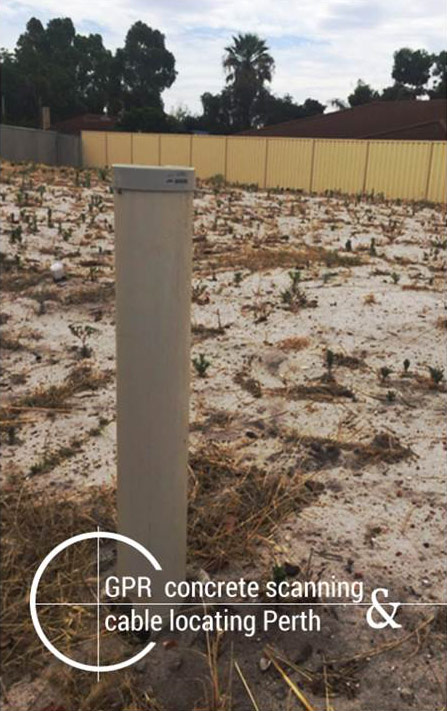
Figure 4: PVC Pipe used to clearly mark cable and utility locations
Once the technician has scanned the required area and traced and marked all the traceable cables and utilities, the onsite component of the job is complete. Should it be required, our offsite team will prepare and provide a detailed report that shows the positions and paths of services that we located and traced during the scan. Additional information can also be provided where this is a requirement, including depths, invert levels, size of the services and piping type.
GPR Concrete Scanning & Cable Locating Perth take the risk out of excavation and ensure that our clients know where critical cables and pipes carrying gas, water, sewer, electricity, telephone, internet and cable services run within their sites. Call us today to talk about how we can help you.
Our Services
- 3D and 2D scanning of concrete
- Concrete testing to help detect weaknesses like delamination, tanking and honeycombing
- Location of cables in concrete
- Location of utilities like electrical conduits, plastic and copper pipes
- Location of structural elements like PT cables, rebar and reo mesh (reinforcing mesh and reinforcing bars) in suspended slabs
- Non-destructive digging using vacuum extraction


